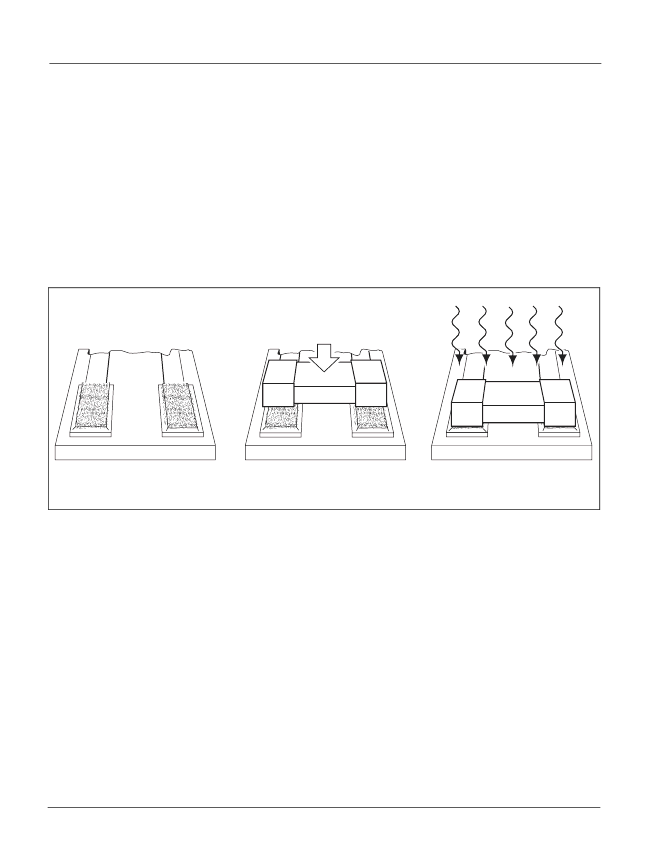- 您現(xiàn)在的位置:買賣IC網(wǎng) > PDF目錄369938 > P2102AA61TP Circular Connector; MIL SPEC:MIL-C-5015; Body Material:Metal; Series:GT; No. of Contacts:14; Connector Shell Size:28; Connecting Termination:Solder; Circular Shell Style:Straight Plug; Body Style:Straight PDF資料下載
參數(shù)資料
| 型號: | P2102AA61TP |
| 元件分類: | 圓形連接器 |
| 英文描述: | Circular Connector; MIL SPEC:MIL-C-5015; Body Material:Metal; Series:GT; No. of Contacts:14; Connector Shell Size:28; Connecting Termination:Solder; Circular Shell Style:Straight Plug; Body Style:Straight |
| 中文描述: | SIDACtor設(shè)備 |
| 文件頁數(shù): | 184/212頁 |
| 文件大小: | 1877K |
| 代理商: | P2102AA61TP |
第1頁第2頁第3頁第4頁第5頁第6頁第7頁第8頁第9頁第10頁第11頁第12頁第13頁第14頁第15頁第16頁第17頁第18頁第19頁第20頁第21頁第22頁第23頁第24頁第25頁第26頁第27頁第28頁第29頁第30頁第31頁第32頁第33頁第34頁第35頁第36頁第37頁第38頁第39頁第40頁第41頁第42頁第43頁第44頁第45頁第46頁第47頁第48頁第49頁第50頁第51頁第52頁第53頁第54頁第55頁第56頁第57頁第58頁第59頁第60頁第61頁第62頁第63頁第64頁第65頁第66頁第67頁第68頁第69頁第70頁第71頁第72頁第73頁第74頁第75頁第76頁第77頁第78頁第79頁第80頁第81頁第82頁第83頁第84頁第85頁第86頁第87頁第88頁第89頁第90頁第91頁第92頁第93頁第94頁第95頁第96頁第97頁第98頁第99頁第100頁第101頁第102頁第103頁第104頁第105頁第106頁第107頁第108頁第109頁第110頁第111頁第112頁第113頁第114頁第115頁第116頁第117頁第118頁第119頁第120頁第121頁第122頁第123頁第124頁第125頁第126頁第127頁第128頁第129頁第130頁第131頁第132頁第133頁第134頁第135頁第136頁第137頁第138頁第139頁第140頁第141頁第142頁第143頁第144頁第145頁第146頁第147頁第148頁第149頁第150頁第151頁第152頁第153頁第154頁第155頁第156頁第157頁第158頁第159頁第160頁第161頁第162頁第163頁第164頁第165頁第166頁第167頁第168頁第169頁第170頁第171頁第172頁第173頁第174頁第175頁第176頁第177頁第178頁第179頁第180頁第181頁第182頁第183頁當(dāng)前第184頁第185頁第186頁第187頁第188頁第189頁第190頁第191頁第192頁第193頁第194頁第195頁第196頁第197頁第198頁第199頁第200頁第201頁第202頁第203頁第204頁第205頁第206頁第207頁第208頁第209頁第210頁第211頁第212頁

SIDACtor Soldering Recommendations
http://www.teccor.com
+1 972-580-7777
5 - 22
2002 Teccor Electronics
SIDACtor
Data Book and Design Guide
SIDACtor
Soldering Recommendations
When placing surface mount components, a good solder bond is critical because:
The solder provides a thermal path in which heat is dissipated from the packaged silicon
to the rest of the board.
A good bond is less subject to thermal fatiguing and results in improved component
reliability.
Reflow Soldering
The preferred technique for mounting the DO-214AA package is to reflow-solder the device
onto a PCB-printed circuit board, as shown in Figure 5.6.
Figure 5.6
Reflow Soldering Procedure
For reliable connections, the PCB should first be screen printed with a solder paste or
fluxed with an easily removable, reliable solution, such as Alpha 5003 diluted with benzyl
alcohol. If using a flux, the PCB should be allowed to dry to touch at room temperature (or in
a 70 °C oven) prior to placing the components on the solder pads.
Relying on the adhesive nature of the solder paste or flux to prevent the devices from
moving prior to reflow, components should be placed with either a vacuum pencil or
automated pick and place machine.
With the components in place, the PCB should be heated to a point where the solder on the
pads begins to flow. This is typically done on a conveyor belt which first transports the PCB
through a pre-heating zone. The pre-heating zone is necessary in order to reduce thermal
shock and prevent damage to the devices being soldered, and should be limited to a
maximum temperature of 165 °C for 10 seconds.
After pre-heating, the PCB goes to a vapor zone, as shown in Figure 5.7. The vapor zone is
obtained by heating an inactive fluid to its boiling point while using a vapor lock to regulate
the chamber temperature. This temperature is typically 215 °C, but for temperatures in
excess of 215 °C, care should be taken so that the maximum temperature of the leads does
1. Screen print solder paste
(or flux)
2. Place component
(allow flux to dry)
3. Reflow solder
相關(guān)PDF資料 |
PDF描述 |
|---|---|
| P2600E | solid state crowbar devices |
| P2600ECMC | solid state crowbar devices |
| P2600S | SIDACtor Device |
| P2600SA | SIDACtor Device |
| P2600SB | SIDACtor Device |
相關(guān)代理商/技術(shù)參數(shù) |
參數(shù)描述 |
|---|---|
| P2102AL-2 | 制造商:Intel 功能描述:Static RAM, 1Kx1, 16 Pin, Plastic, DIP |
| P2-102L | 制造商:Johnson Electric / Parlex Corporation 功能描述: |
| P2103 | 制造商:ATM 制造商全稱:ATM 功能描述:2WAY - 4WAY - 8WAY POWER DIVIDERS & COMBINERS |
| P-210310-1020-313PN | 制造商:Amphenol Corporation 功能描述:MIL-C-30846 - Bulk |
| P2103A | 制造商:TECCOR 制造商全稱:TECCOR 功能描述:solid state crowbar devices |
發(fā)布緊急采購,3分鐘左右您將得到回復(fù)。